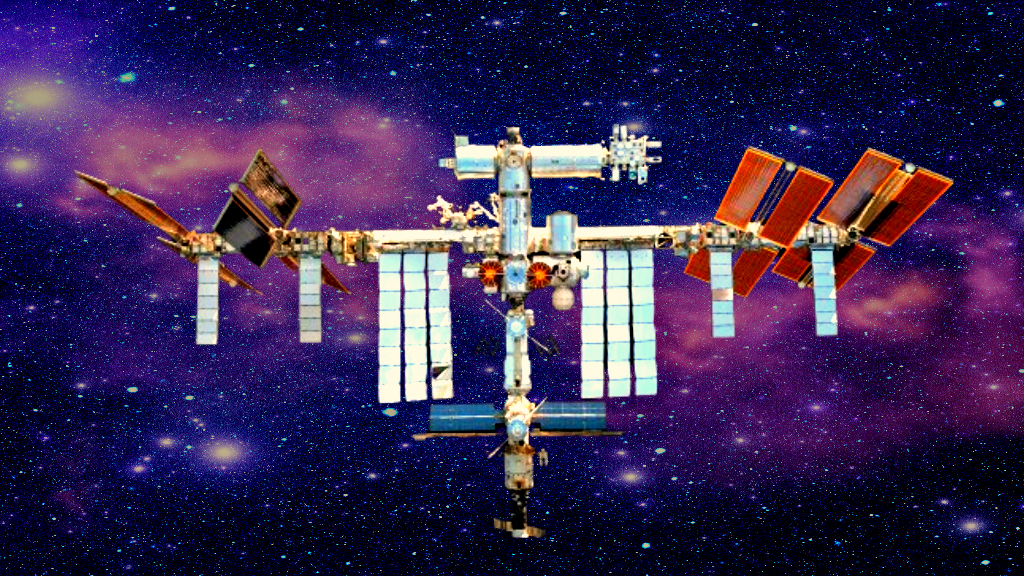In a world marked by geopolitical tension, the collaboration between the United States and Russia exists primarily in the realm of space exploration, specifically through the International Space Station (ISS). Established in 1998 through a partnership involving NASA, Roscosmos (Russia), the European Space Agency (ESA), Japan’s JAXA, and Canada’s CSA, the ISS serves as a unique laboratory where astronauts and cosmonauts conduct experiments that cannot be replicated on Earth. However, the ISS has an expiration date, with its operational life expected to conclude by 2030. Following its decommissioning, plans are already underway for its controlled descent to Earth, which will involve significant components breaking apart upon re-entry, culminating in a final descent into the ocean.
Recently, reports have emerged indicating that SpaceX, led by Elon Musk, has been awarded an $843 million contract by NASA to facilitate the ISS’s deorbiting process. This task will be accomplished using a modified version of the SpaceX Dragon spacecraft, which is expected to perform the delicate maneuver of guiding the station out of orbit. Once the ISS’s thrusters are engaged to bring the structure towards Earth, most of it will incinerate upon atmosphere re-entry. However, larger modules are likely to survive the descent and will splash down into a specific area of the ocean, although NASA has yet to disclose the exact location.
Ken Bowersox, the NASA Space Operations Mission Directorate associate administrator, emphasizes that the selection of a U.S. deorbit vehicle for the ISS not only ensures a safe and responsible end to the station’s operations but also aligns with NASA’s vision for future commercial ventures in low Earth orbit. The transition away from the ISS paves the way for new opportunities, reflecting NASA’s strategy to encourage additional investments and projects in space. Furthermore, the post-ISS era will involve the establishment of approximately nine new space stations, which will continue various scientific activities initially conducted aboard the ISS.
One key player in the new landscape will be China’s Tiangong space station, operational since 2021, which is expected to serve as a significant platform for scientific research and international collaboration in space. The expanding dynamic of space exploration reflects an evolving paradigm among nations, as various countries initiate their own missions and establish independent research facilities beyond those previously enabled by the ISS. This could foster both competition and cooperation, underscoring the importance of developing robust international standards for operating in low Earth orbit.
SpaceX has solidified its reputation as a leading agency in the space industry with numerous contracts from NASA. Recently, the company announced an additional $256 million agreement to launch the Dragonfly mission, which intends to explore Titan, Saturn’s largest moon. The mission, set to launch aboard a Falcon Heavy rocket from Kennedy Space Center between July 5 and July 25, 2028, reflects the ambitions of contemporary space exploration and innovation. The journey to Titan would take around six years, with the Dragonfly expected to land on the moon in 2034.
In summary, the impending decommissioning of the ISS marks a pivotal moment in the history of human spaceflight, offering insights into the future of international collaboration in space. SpaceX’s role in safely dismantling the station echoes broader themes of innovation and transition in the aerospace sector. As we move beyond the ISS, the emergence of new space stations and missions, including those driven by private enterprise, could catalyze a new era of exploration, scientific discovery, and potential international partnerships, navigating the complexities of a shared space environment.

